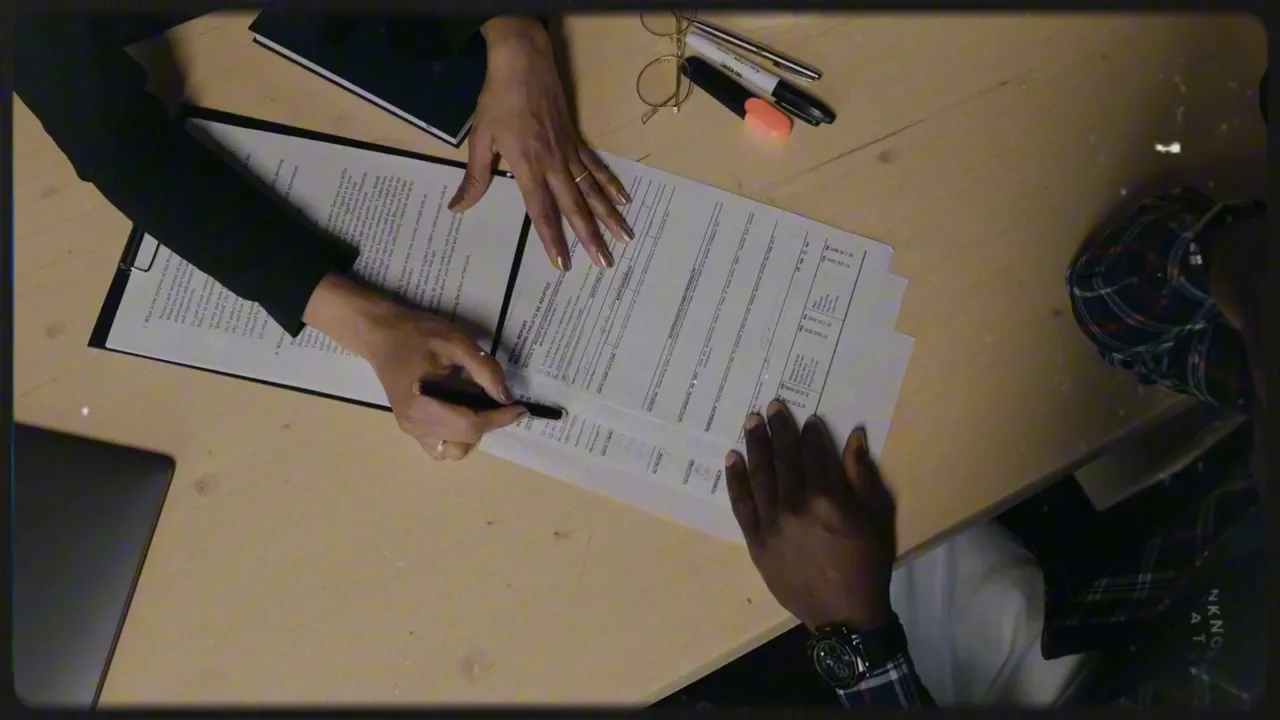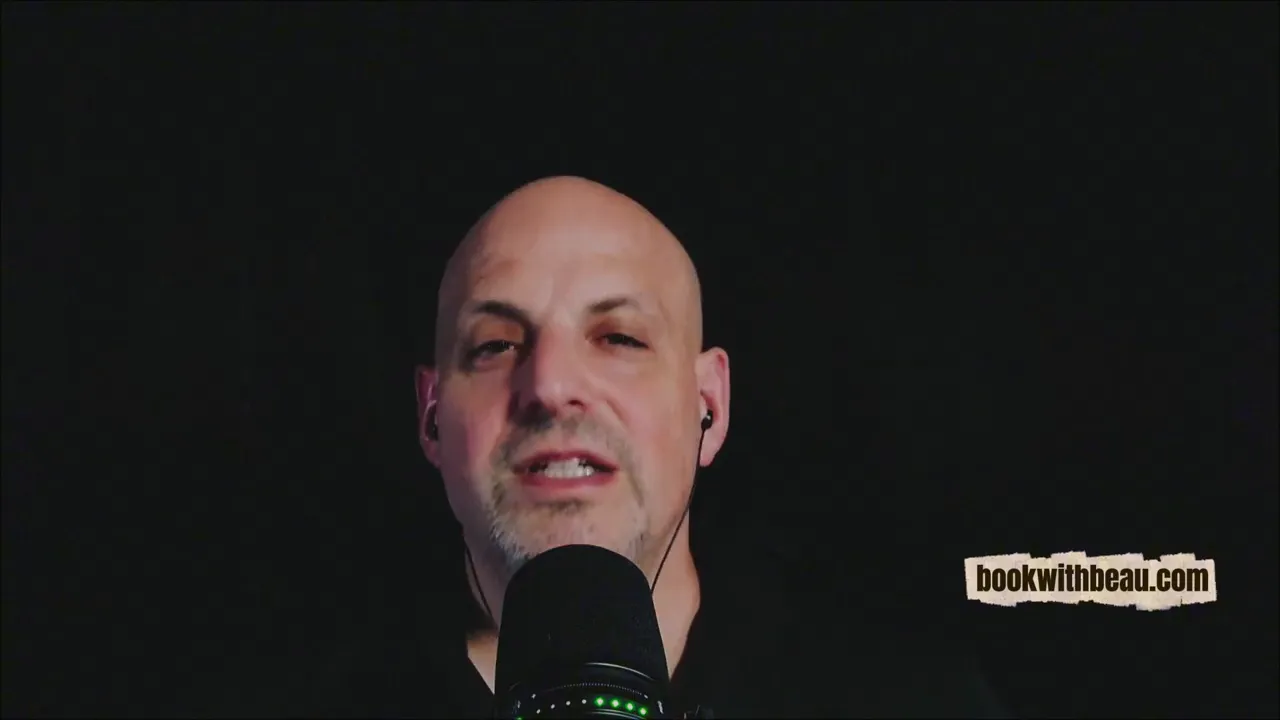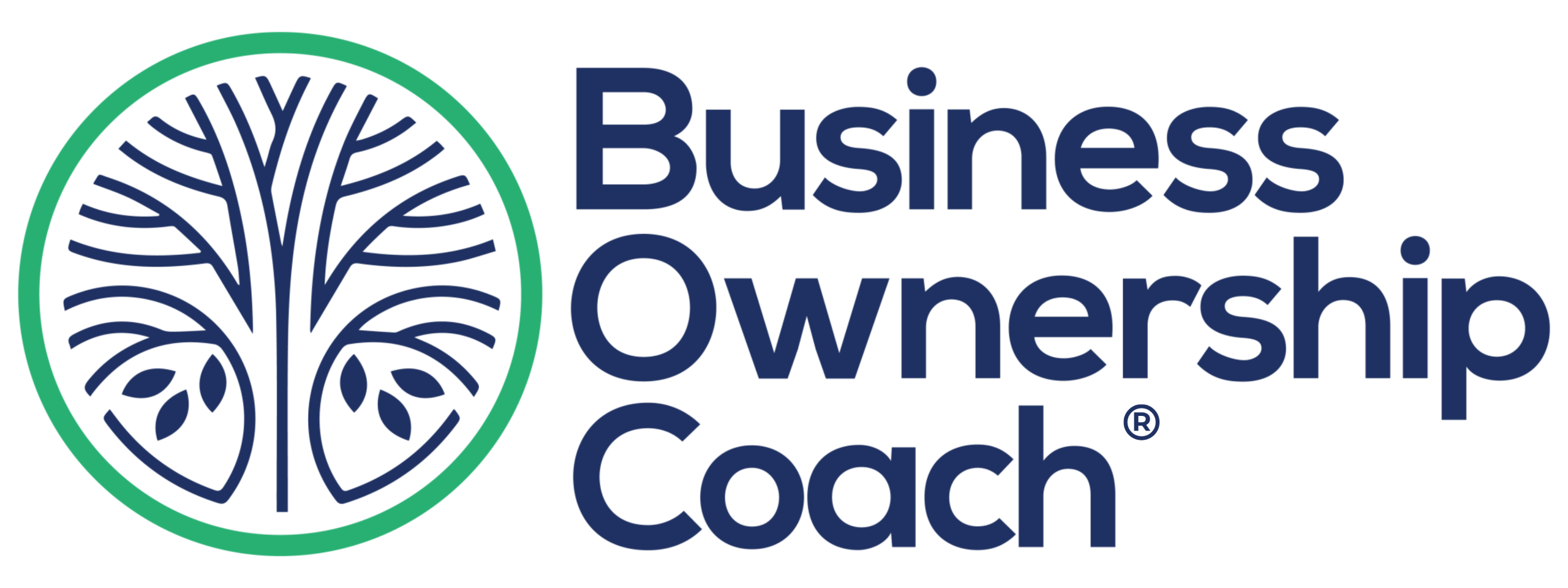Hi, I’m Beau Eckstein — franchise consultant, commercial mortgage advisor, and the host of the Business Ownership Coach® | Investor Financing Podcast. If you’re asking, “Can I get 90% SBA financing to launch a franchise?” the short answer is yes — but only under the right circumstances and with the right lender. This article breaks down exactly how those deals get done, what lenders look for, and how I help borrowers get matched with the banks that will consider aggressive financing.
Can You Really Get 90% SBA Financing?
People often come to me convinced that the “90% SBA loan” is a myth. It’s not. There are SBA lenders — a handful of them — that will finance up to 90% of total project costs for franchise startups. But it helps to understand the nuance: most banks won’t, many lenders prefer established brick-and-mortar franchises, and some will only fund larger deals. As a Business Ownership Coach | Investor Financing Podcast host, I’ve been in lending for over twenty years and I can tell you there’s a clear pattern to what makes a borrower and a franchise eligible.
Which Banks and Lenders Offer 90% Deals?

Not every bank will touch a franchise startup, and even fewer will go to 90% financing. Typically, the lenders that will consider 90%:
- Are experienced with franchise financing
- Use third-party scoring tools such as FranData to evaluate franchise systems
- May be delegated lenders or non-delegated but with national footprints
Some credit unions and niche regional banks also accommodate franchise startups, particularly if the loan amount fits their appetite (e.g., under $250K or in a specific band they prefer). The important takeaway is that lender appetite is fragmented — and matching the borrower to the right lender is the single most impactful step toward securing 90% financing.
The SBA Franchise Directory and Eligibility

The SBA requires that the franchise be listed on the SBA franchise directory to be eligible for SBA financing. Starting in recent years, every franchise must appear on that directory for SBA lenders to consider the deal. Importantly, inclusion on the directory doesn’t mean the franchise has been vetted for quality — it simply means it’s eligible. Banks will still conduct their own underwriting, review the franchise disclosure document (FDD), and often run the brand through scoring tools before deciding whether to offer 80% or go as high as 90% financing.
How Lenders Score Franchise Models
Many banks use third-party franchise scoring models (FranData is one commonly used tool) to evaluate the brand’s strength. If a franchise scores well, some lenders will entertain more aggressive financing like 90% of total project costs. If the franchise is new or lacking track record, lenders may limit financing to lower percentages, require higher equity, or restrict the loan to certain use cases (e.g., one territory instead of multiple). The brand’s footprint, stability, and model type (brick-and-mortar vs. home service) all factor into the scoring outcome.
Borrower Requirements: Credit, Experience, and Liquidity

Even with a strong franchise, lenders evaluate the borrower carefully. Key borrower criteria include:
- SPSS credit score — a specialized SBA credit scoring system: minimums typically start at 165, but many lenders now look for 180 or higher, and some require 190 for larger loans.
- Transferable experience — lenders like to see relevant business or management experience, though not necessarily industry-specific experience.
- Outside income — current W-2 or other income sources can help qualify the borrower.
- Post-close liquidity — a common rule of thumb is having at least 10% of total project costs left in reserve after your equity injection.
For example, on a $300,000 project, a borrower might inject $30,000 (10%) and still maintain $30,000 in post-close reserves. That 10% reserve is a significant credit positive.

Photo by Ambre Estève on Unsplash
Understanding SPSS Credit Scoring for SBA Loans
The SPSS (SBA-specific) credit score runs from 0–300 and is the primary scoring tool most banks use for SBA loans. A score below 165 is usually not acceptable, but lenders have flexibility. For small-dollar deals, the minimum might be 165; for larger thresholds they may want 180–190. These score requirements, combined with liquidity and experience, determine whether a lender will consider an 80% structure or push to 90% financing. As an advisor, I watch scores closely and coach borrowers on steps to improve their profile before applying.
Typical Structures: 80% vs 90% and Why 20% Down Often Makes Sense
Most SBA franchise loans fall around 80% of total project costs. Why? Lenders are protecting risk and applying internal rules that balance borrower equity with brand and borrower quality. A 20% down structure is usually easier to get approved — especially if you have:
- An established franchise
- 10% post-close liquidity
- Strong SPSS score
- Relevant experience and outside income
However, when a franchise is very strong and the borrower’s profile is solid, a handful of lenders will offer 90% financing. Sometimes we’ve closed 90% deals even when post-close liquidity was tight (e.g., low thousands on a $150K deal) because the loan built in sufficient working capital and the overall risk made sense.
Working Capital: The Secret to Startup Longevity
One recurring issue I see in FDDs is underestimated working capital. Item 7 of the FDD usually lists a “low-to-high” total investment and often allocates only three months of working capital. Most startups need more runway. When building the loan package, we often include additional working capital in the SBA loan to ensure you don’t undercapitalize your new business — because undercapitalization is one of the primary reasons businesses fail in the first years.
How I Work With You: The Loan Advisor Process

My role as a franchise loan advisor is to:
- Assess your fundability based on franchise choice, credit, experience, and liquidity.
- Pull and analyze the FDD.
- Match you with the lenders most likely to approve your deal structure — especially those willing to consider 90% financing when appropriate.
- Help package the loan, prepare documentation, and advise on optimizing working capital in the loan.
If you’re serious about moving forward, schedule a discovery call at bookwithbeau.com. I’ll review the franchise you’re considering, help you understand the real capital needs (beyond Item 7), and map out a path to funding that makes sense.
Practical Examples and When 90% Makes Sense
I’ve closed 90% deals where the total project cost was in the $150–300K range and the borrower fit the parameters: approved franchise, decent SPSS score, and working capital included in the loan. In some cases, we closed with minimal post-close liquidity because the structure made sense and the lender felt comfortable with the built-in working capital. In other cases, a 20% down structure with 10% reserves was the more conservative, bankable path.
Conclusion: How to Get Started

If you want to pursue aggressive financing (including up to 90%), the first step is to get real about the franchise, your personal financial profile, and the total project budget. As the Business Ownership Coach® | Investor Financing Podcast, I help entrepreneurs through exactly this process: analyze the FDD, size true working capital needs, and match borrowers to lenders with the appropriate appetite. Book a discovery call at bookwithbeau.com and let’s review your opportunity. Proper capital planning is the difference between surviving the startup years and thriving.
